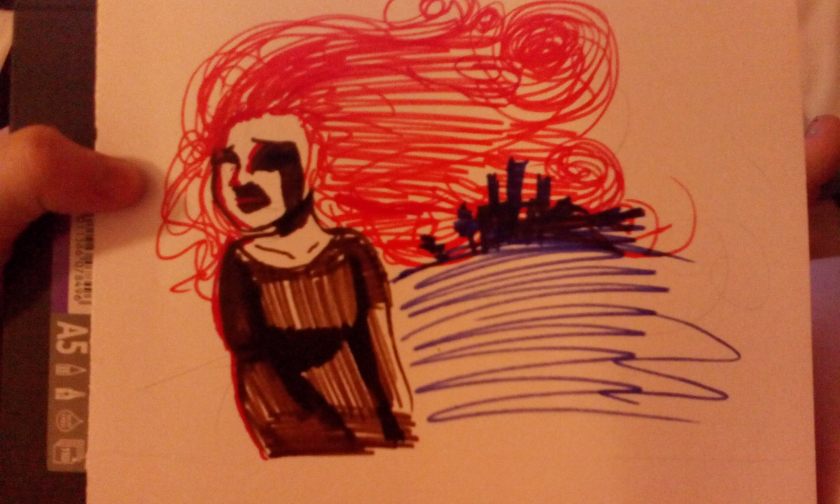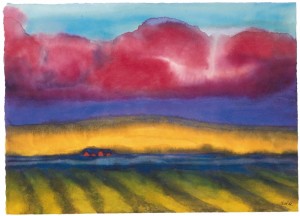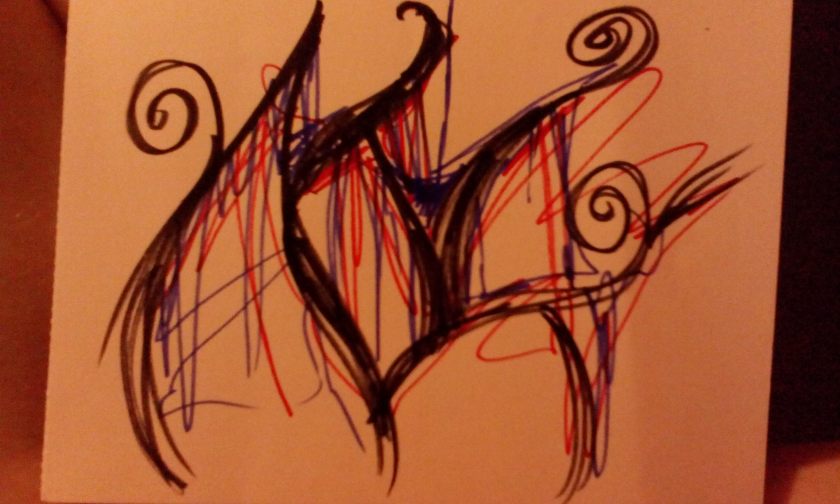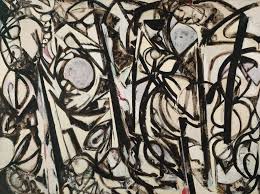Expressionism was a modernist movement originating in Germany in 1905 before fading out in 1925. It specialised in art and poetry solely presenting the world from a subjective perspective. distorting it radically for emotional effect. This was to evoke moods or ideas from other people and become expressive, hence the movement being called expressionism. Expressionists emphasise the individual perspective that has been characterised as a reaction to positivism and other artistic styles such as Naturalism and Impressionism.
A term used to denote the use of distortion and exaggeration for emotional effect, which first surfaced in the art literature of the early twentieth century. When applied in a stylistic sense, with reference in particular to the use of intense colour, agitated brushstrokes, and disjointed space. Rather than a single style, it was a climate that affected not only the fine arts but also dance, cinema, literature and the theatre.
Expressionism is an artistic style in which the artist attempts to depict not objective reality but rather the subjective emotions and responses that objects and events arouse in him. Expressionalism is one of the main currents of art in the later 19th and 20th centuries. Its uses of highly subjective, personal self expression are common in a wide range of modern art movements and artists. Additionally it’s goals were not to reproduce the impression of the surrounding world, it was more to impose the artists
own sensibility to the world’s representation. Instead of conforming to the reality of the object the artist would produce their own image of the object to which they feel most accurate.
Most commonly know artists are Max Veckmann, Otto Dix, Lionel Feininger, George Grosz, Ernst Ludwig Kirchner, August Macke, Emil Nolde, Max Pechstein; the Austrian Oskar Kokoschka, the Czech Alfred Kubin and the Norwegian Edvard Munch are also related to this movement. During his stay in Germany, the Russian Kandinsky was also an expressionism addict.
Abstract expressionism came after WW2 in 1940’s New York. It was an American movement to put NYC at the center of the western art world through international influence. This role, at the time, was formally filled by Paris. The term ‘abstract expressionism’ was first used in 1919 Germany in the Magazine ‘Der Strum’ but was first applied to American art in 1946 by Robert Coates. In the United States, Alfred Barr was the first to use this term in 1929 in relation to works by Wassily Kandinsky.
There were many artists in the abstract expressionism movement including Jackson Pollock, Willem de Kooning, Robert Motherwell, Mark Rothko,Lee Krasner and many others.
Artists made scaled works that were reflections of their individual psyches which contrasted the accepted conventions of both the technique and subject matter of expressionism. In doing this they attempted to tap into the universal inner sources. The artists praised spontaneity and improvisation while having high interest in the importance of process.



